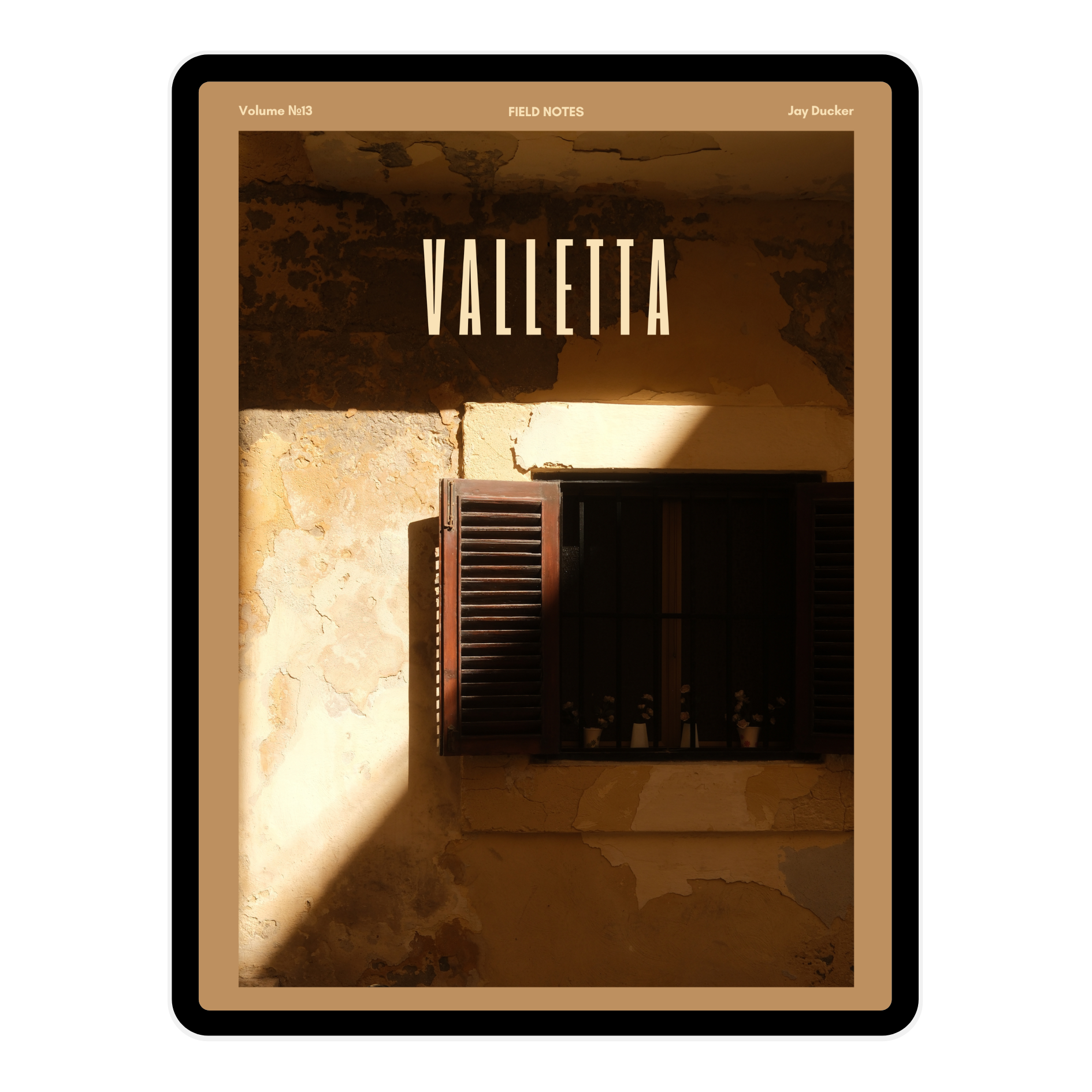Fujifilm 16-55mm f/2.8 vs. 18-55mm f/2.8-4: Which One is Right for You?
Choosing the right lens can be a tough decision, especially when it comes to Fujifilm’s two versatile zoom options: the 16-55mm f/2.8 and the 18-55mm f/2.8-4 kit lens. Whether you’re looking to invest in a new lens or deciding which one to take on your next trip, this comparison should help you make the right choice.
Fujifilm 16-55mm f/2.8 (left) Fujifilm 18-55mm f/2.8-4 (Right)
Price & Value
The 16-55mm f/2.8 is a premium lens with a price tag to match—around $980 new, though secondhand deals can bring it down to about $600. On the other hand, the 18-55mm kit lens is much more budget-friendly, retailing for around $550 new. If price is a major factor, the kit lens is already a strong contender.
Size & Weight
There’s no denying the 16-55mm f/2.8 is a beast. Weighing in at 657g, it’s nearly twice the weight of the 330g kit lens. If portability is a priority, especially for travel photography, the 18-55mm might be the better fit.
Build Quality & Weather Sealing
Both lenses have solid metal builds, but only the 16-55mm f/2.8 is weather-sealed. This makes it the better option for landscape photographers or anyone shooting in unpredictable conditions.
Autofocus Performance
When it comes to autofocus, the 16-55mm f/2.8 is a clear winner. Its linear motors make it fast, accurate, and silent. The kit lens, while decent, tends to hunt more, especially in video mode.
Focal Length & Image Stabilisation
There’s only a 2mm difference in focal length, but the 16-55mm f/2.8 has a wider equivalent field of view (24-83mm vs. 26-83mm). The biggest distinction, however, is stabilisation. The kit lens features Optical Image Stabilisation (OIS), which provides up to four stops of stabilisation—great for handheld shooting and low-light conditions. The 16-55mm lacks OIS, making it less forgiving without a stabilised camera body.
Low Light Performance
The 16-55mm f/2.8 has a constant aperture, meaning you get f/2.8 at all focal lengths. The kit lens, however, ranges from f/2.8 at 18mm to f/4 at 55mm. This means the 16-55mm allows more light in at the longer end, making it a stronger choice in dim conditions.
Photography: Which One Delivers?
If you’re after the sharpest images, the 16-55mm f/2.8 delivers outstanding image quality—it’s often called a “bag of primes” for a reason. But don’t underestimate the kit lens—it produces fantastic results, especially for travel and street photography. If you need weather sealing and top-tier sharpness, go for the 16-55mm. If you prefer something lightweight and discreet, the 18-55mm is a great choice.
Videography: Stability vs. Autofocus
For video shooters, the choice gets trickier. The 18-55mm’s OIS makes it better for handheld work, while the 16-55mm’s superior autofocus can be a game-changer. If you need stabilization and don’t mind slower autofocus, the kit lens wins. If you want the best autofocus and plan to stabilise footage in post, the 16-55mm is worth considering.
Final Verdict: Which One Should You Get?
It ultimately depends on your needs:
For landscape photographers: The 16-55mm f/2.8 is the way to go. Weather sealing and excellent image quality make it a powerhouse in the field.
For travel and street photographers: The 18-55mm kit lens is compact, lightweight, and delivers excellent results.
For videographers: If stabilisation matters most, the kit lens wins. If autofocus and constant aperture are priorities, the 16-55mm is better.
Both lenses are fantastic in their own right, and there’s no definitive “best” option—just the best one for you.
Help support this ad-free blog by checking out my products below
*This post contains affiliate links and I will be compensated if you make a purchase after clicking through my links.
As an Amazon Associate I earn from qualifying purchases

















